Venetian stucco: the definitive guide to this decorative technique
Venetian stucco is one of the most commonly used decorative techniques for walls and also for ceilings. A painting technique that dates back to the Renaissance era and allows to renovate the rooms of the home in a simple and quick way, providing a touch of distinction and elegance to them.
The decorative finish achieved with Venetian stucco perfectly simulates that of marble. A unique texture that brings elegance to walls and ceilings. But, what exactly is Venetian stucco also known as wall stucco?
In this article we will answer the main doubts that exist around this decorative stucco: what it is, its main advantages, where it can be applied as well as the step by step of the application of Venetian stucco or wall stucco.
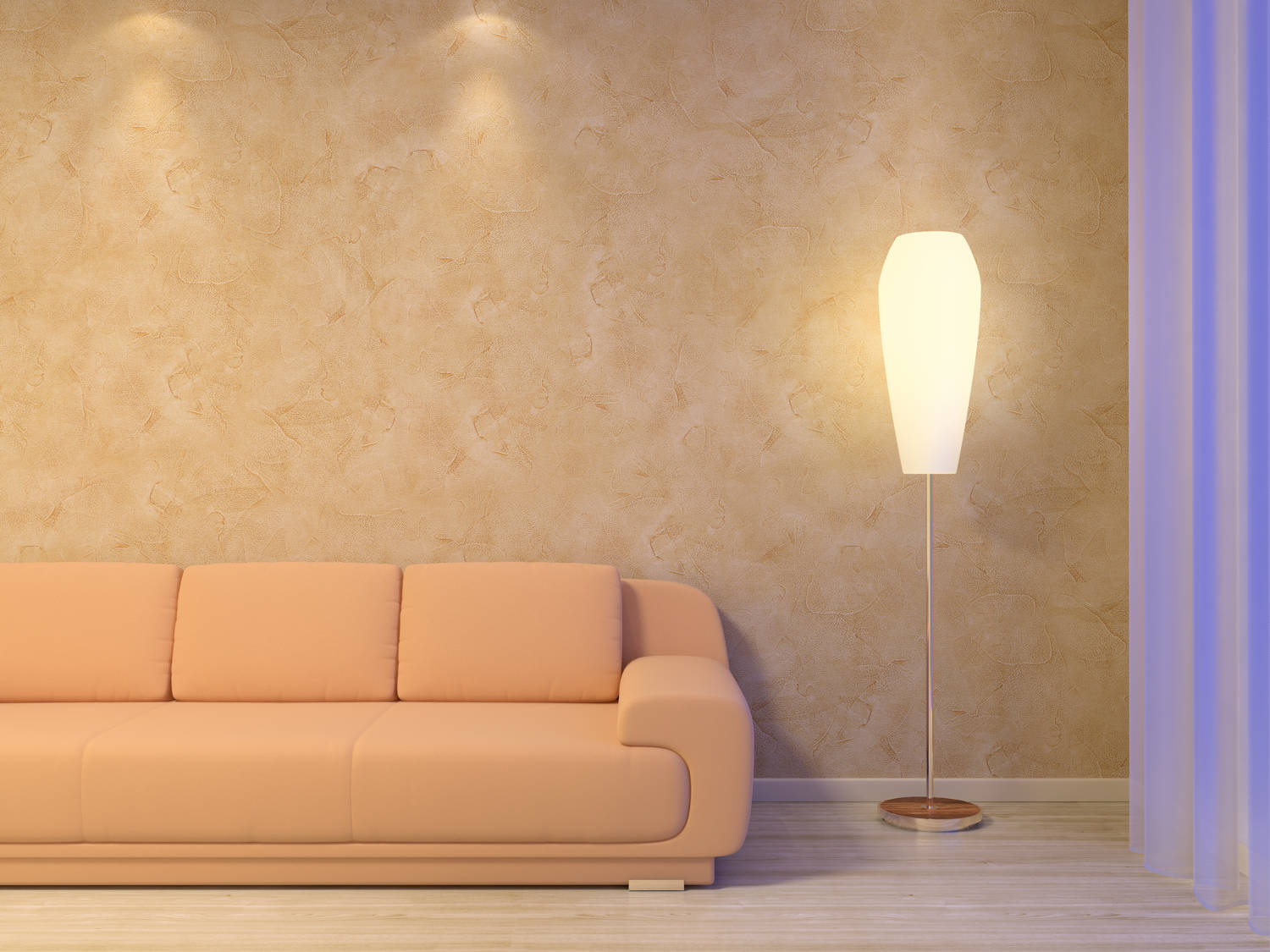
What is Venetian stucco?
Venetian stucco is a decorative coating originating from the Italian city of Venice dating back to the 15th century. A decorative technique for ceilings and especially walls, hence it is also called wall stucco, whose finish and texture resembles that of polished marble.
It consists of a form of finishing and decoration of walls and ceilings, both interior and exterior, composed of lime, pulverized marble, plaster and natural pigments.
Venetian stucco is a plaster available in numerous colors, hence its versatility, which stands out for the resistance it gives to walls and ceilings beyond aesthetics. An aesthetics characterized by a smooth texture and a velvety shine.
Main features of Venetian stucco
As previously mentioned, the Venetian stucco technique comes from Venice. Specifically from the Renaissance period, where molding and carving were protagonists to obtain unique ornaments.
Next, we detail the main features that make Venetian stucco or wall stucco one of the predominant decorative coatings 6 centuries after its origin.
• Resistance to humidity and breathability of Venetian stucco
Two advantages that make Venetian stucco or wall stucco a coating that prevents moisture from accumulating and condensing, reinforcing and waterproofing walls and ceilings and also promoting natural perspiration.
• Venetian stucco uses natural elements
The components that make up Venetian stucco are natural. Elements that are not toxic and also have anti-mold and antibacterial properties.
• Venetian stucco is very easy to clean
The maintenance of Venetian stucco is very simple, an added value in the choice of this coating for walls and ceilings. A damp cloth is enough to clean it.
• Great durability of Venetian stucco
Venetian stucco is a decorative coating that enjoys great durability, so if you decide on this technique to cover walls or ceilings, you will have a coating in perfect condition for a long time.
• High decorative value of Venetian stucco
Venetian stucco is proof that simplicity is not antagonistic to elegance. In fact, Venetian stucco represents like few decorative coatings elegance, sophistication, distinction, and even luxury.
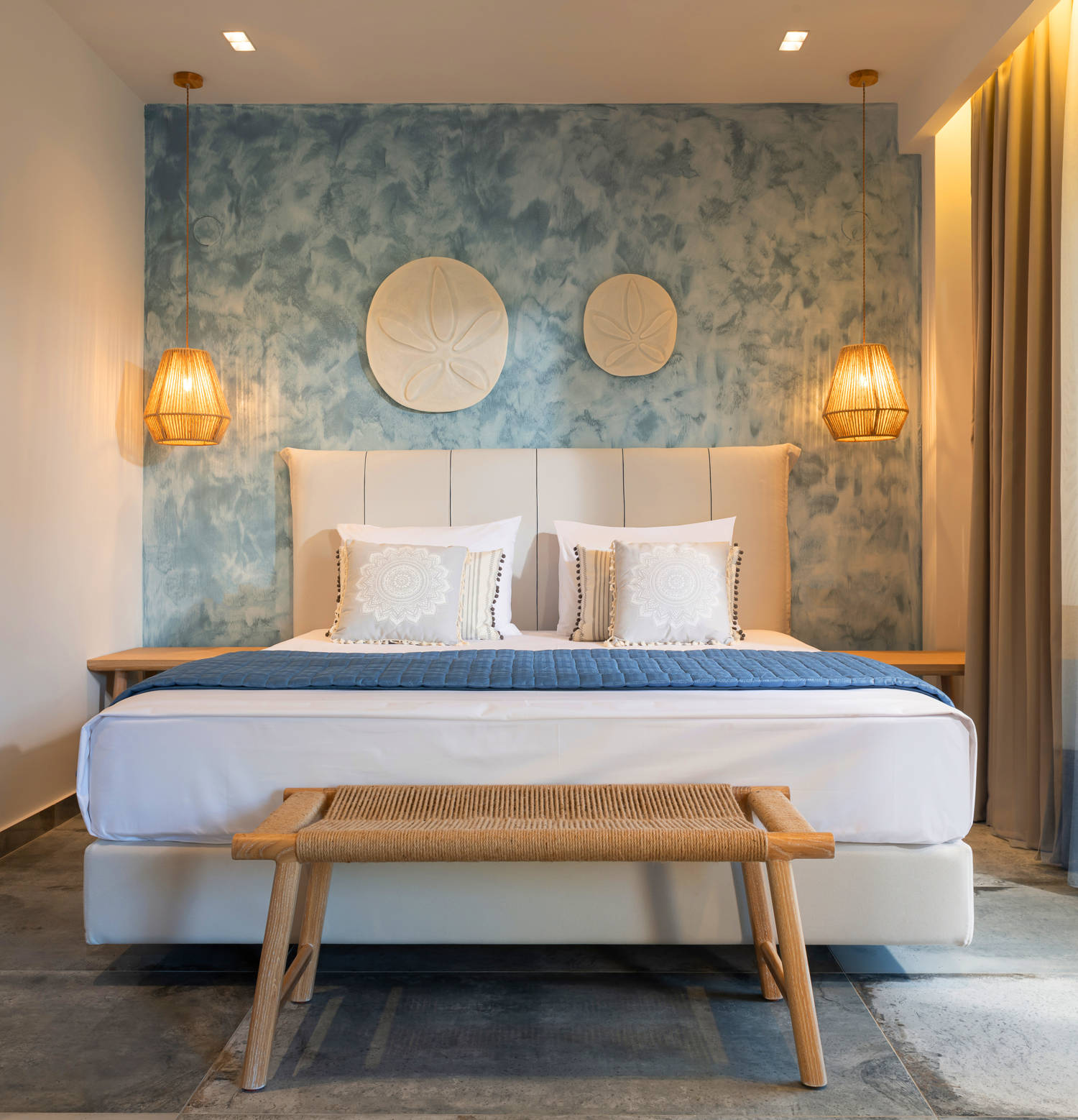
Where can Venetian stucco be applied?
Although Venetian stucco can be used outdoors, it is mostly used to decorate interior spaces. The rooms where the use of this technique predominates are the entrance halls, living rooms and bathrooms. While all walls can be covered, we recommend applying the Venetian stucco on a single wall so that it has more prominence and the visual impact is greater. Another of our tips is that the wall on which you decide to apply the Venetian stucco or wall stucco should be a darker color than the rest of the walls.
Opting for Venetian stucco walls in the bedroom is not a negligible idea, as although it is less likely to be found in this room, it is a decorative technique just as powerful as a visual appeal. Light tones predominate in this case. Colors such as white, beige or gray predominate to give a new style to the main wall of the room and make it exude a stately style.
It is also common to apply Venetian stucco on the ceiling, especially in rooms with high ceilings. Using this technique will not only enhance the height of the room, but will create a "proximity" visual effect in relation to the floor, resulting in a cozy yet striking room.
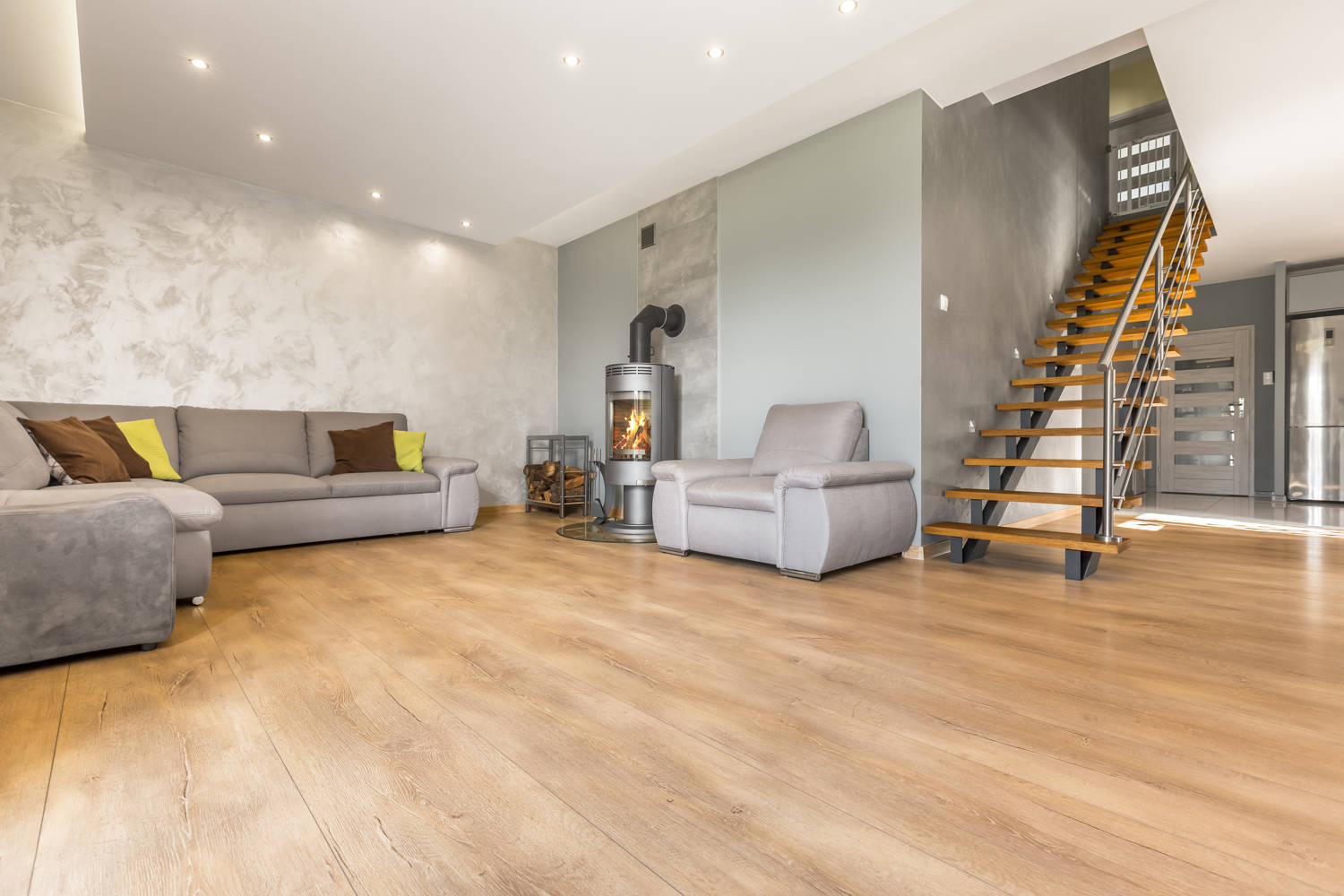
How to make Venetian stucco: step by step application
Now that you know perfectly well what Venetian stucco or wall stucco is, where it can be used and what its most important characteristics are, you may be wondering how to make Venetian stucco.
In this section we explain how to apply Venetian stucco on walls and ceilings to achieve that marbled finish that is so eye-catching. Take note!
1. Ensure that the walls are in good condition before applying the Venetian stucco
Check that the walls are in optimal condition: free of dust and without any irregularities, cracks or imperfections. That is, completely smooth.
2. Mix the Venetian stucco with the chosen dye
The next step is to mix the stucco paste with the chosen dye in a bucket and stir until the desired texture and color is achieved. There is also the option to buy a stucco paint, a ready-to-use paste already pigmented and ready to decorate the wall.
3. Apply first layer of Venetian stucco
Ha llegado el momento de empezar a decorar la pared o el techo con el estuco veneciano. Aplicar la primera capa de estuco veneciano con llana de manera uniforme para que la superficie quede lo más lisa posible.
When the wall is completely covered, let it dry for at least 6 hours. Once this time has passed, use a spatula or sandpaper to smooth the surface and remove any burrs that may have remained.
4. Apply second coat of Venetian stucco
Apply a second coat of Venetian stucco on the wall or ceiling following the same process as in the previous step. In this case, let it dry for 24 hours and use a cloth to clean the dust.
5. Apply third layer of Venetian stucco
Apply the third and final layer of Venetian stucco. Unlike the previous two coats, do it irregularly and leaving strategic points of the wall or ceiling unfilled. Let it dry for about 30 minutes.
6. Polish to achieve the marble effect
The last step consists of applying a layer of wax to polish the wall or ceiling on which the Venetian stucco decorative technique has been used. This wax is the cause of the characteristic marble effect of Venetian stucco.
A wax that not only gives shine to the surface, but also protects the Venetian stucco. The method of using the wax is to apply it with circular movements.
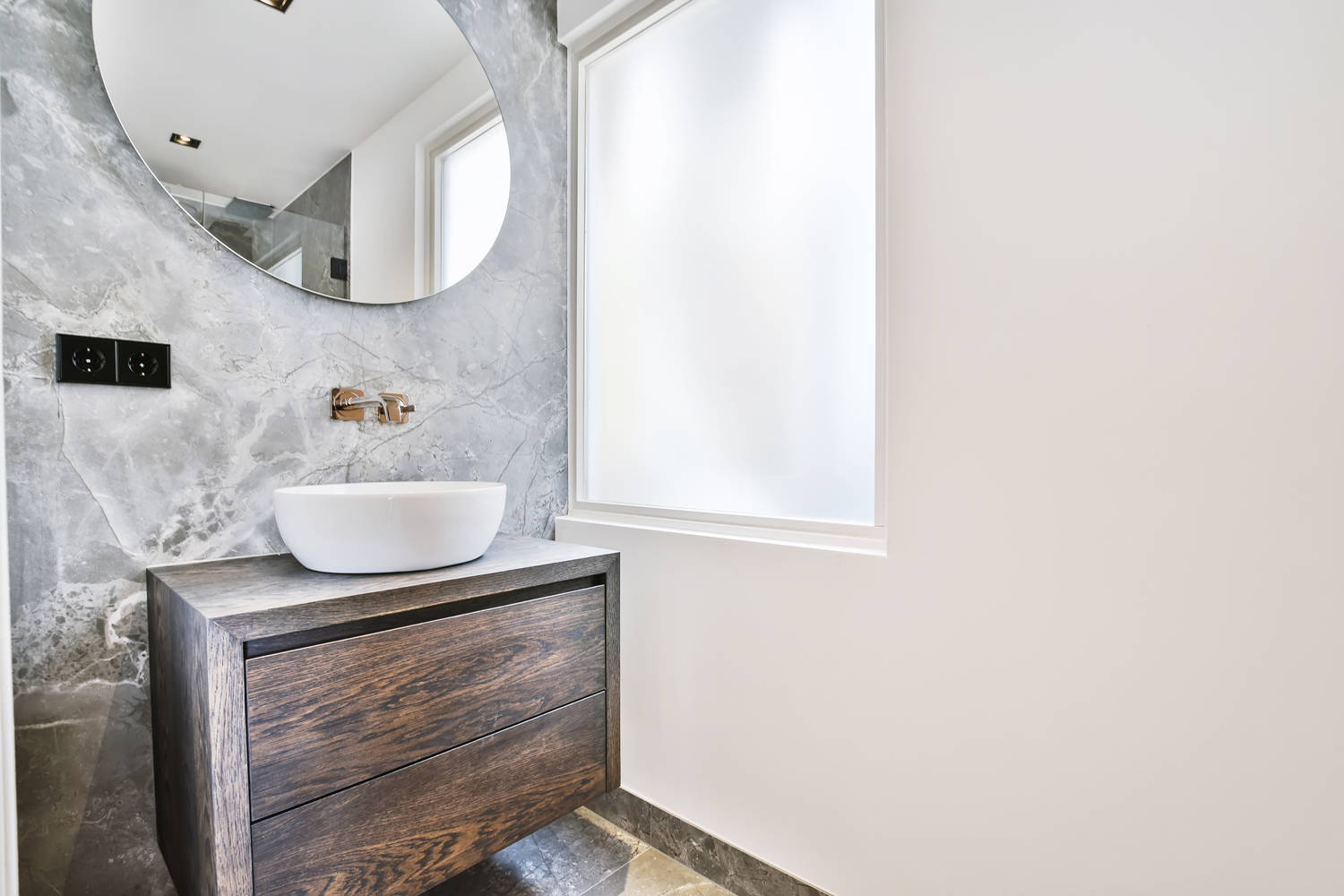
Price of Venetian stucco per square meter
The price of Venetian stucco per m2 is between 80 and 100 euros. A cost that can vary due to different variables: the rates of each professional, which includes travel; the type of stucco; the quality of the material; the condition of the wall; and its dimension, among others.
Type of Venetian stucco for the wall
En función del acabado que se quiera lograr en la pared, y por tanto la técnica empleada, determinará un precio más asequible o mayor. Mientras la aplicación de estuco veneciano tradicional es más barata, el uso de productos más modernos encarecen el coste final.
Dimension of the wall where Venetian stucco will be applied
The square meters of the wall or ceiling are determinant in the price of Venetian stucco. As a general rule, in jobs of prominent surfaces and larger dimensions, the applicator can offer a special rate to lower the final cost.
Hired labor for the application of Venetian stucco
In relation to the previous variable, labor also influences the price. Each professional has specific application rates and uses a type of material that can be more expensive or cheaper. Likewise, travel can increase the price per square meter.
If the future Venetian stucco wall needs to be repaired
Although it is not a variable that depends on the Venetian stucco itself, the price increases if the support on which this decorative technique is going to be used is in poor condition. A support that will require conditioning and repair treatment before the application of the stucco. In some cases, the cost can skyrocket significantly.
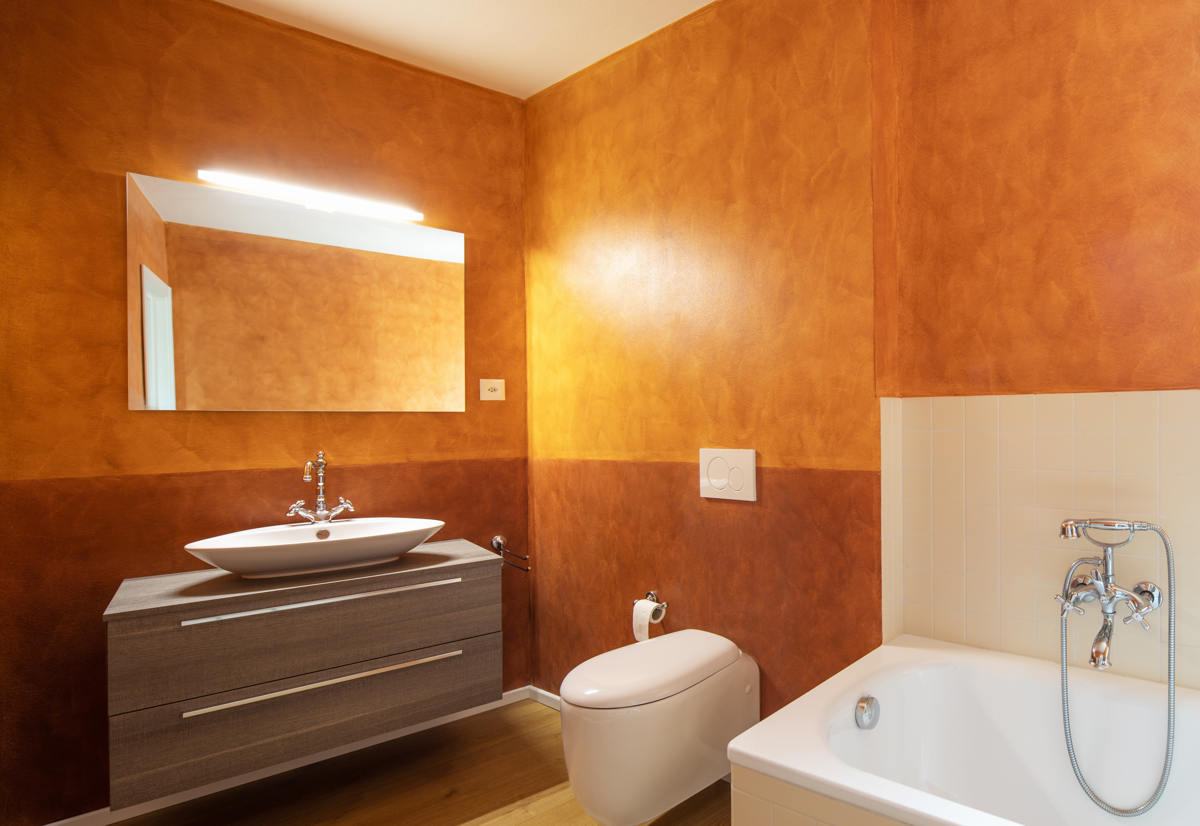
How to repair damaged Venetian stucco
If over time the Venetian stucco gets damaged and cracks and fissures appear on the wall or ceiling, it will be necessary to repair it to prevent the surface from continuing to deteriorate. Problems that can be compounded by a loss of color over time.
Whatever the reason why the support has been affected, the repair is not simple and can only be carried out by an experienced professional. Next, we are going to explain how to fix the Venetian stucco depending on the damage.
1. Repaint the Venetian stucco that has lost intensity
The color of Venetian stucco changes over the years. If you only notice a decrease in color intensity, the solution is very easy. Paint it again!
2. Acrylic putty or paint for small cracks and fissures in Venetian stucco
For small cracks or fissures in the wall or ceiling, use acrylic paint or putty to repair the support. Smooth and soften the surface so that it is homogeneous. Both the part that has been repaired and the one that has not, so that no visual contrasts are perceived. Then, reapply the product as if you were applying the Venetian stucco for the first time.
3. Cold chisel for the larger cracks and holes in Venetian stucco
If, on the other hand, the cracks or fissures are larger and even a hole has been made in the surface, it will be necessary to use a cold chisel and a mallet to remove the damaged Venetian stucco area. When there are no longer any imperfections, the product will need to be applied again.
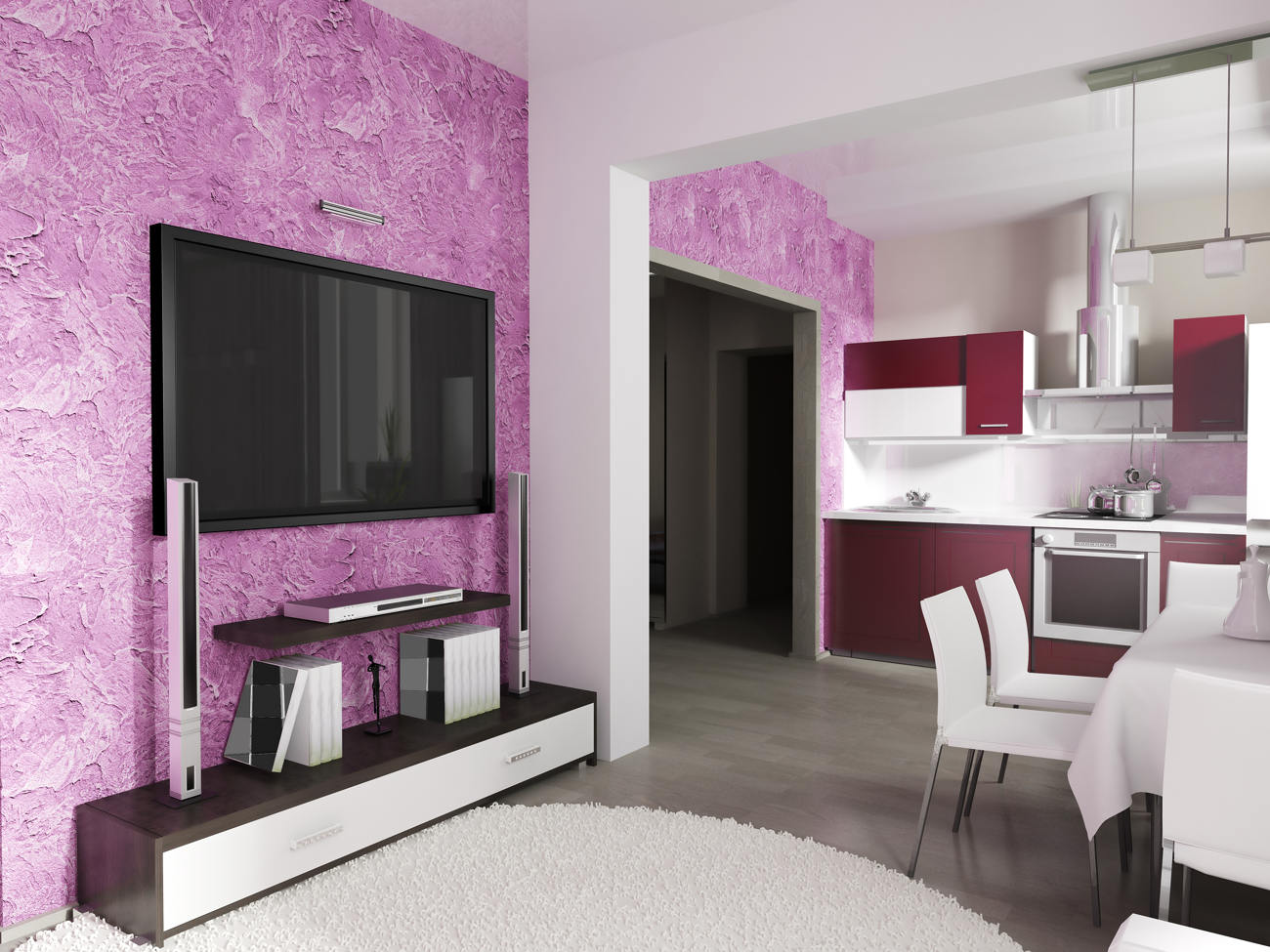
How to remove Venetian stucco from walls
Are you bored of the Venetian stucco on your walls and don't know how to remove it? You have several alternatives to do it and apply a new decorative coating. Pay attention:
1. Remove the wax or varnish from the Venetian stucco
If when you decided to cover the wall or ceiling with this decorative technique the applicator used a wax or varnish, it must be removed. How? Using a damp cloth with turpentine, solvent or a similar product.
2. Sand the wall or ceiling
To remove the Venetian stucco coating, the first step is to sand the surface. Polish thoroughly so that the pore opens and, thus, there are no subsequent problems with the grip of the paint that is used later.
3. Apply a primer to remove the Venetian stucco
Next, apply several layers of primer which, added to the previous sanding, will facilitate the grip of the new paint or decorative coating. This ensures a very durable final finish.
4. Place the new coating
Some specialists, not all, advise sanding the wall or ceiling again before painting it. Regardless of what choice you make, what is mandatory is to apply the paint or the new coating that is going to replace the Venetian stucco.
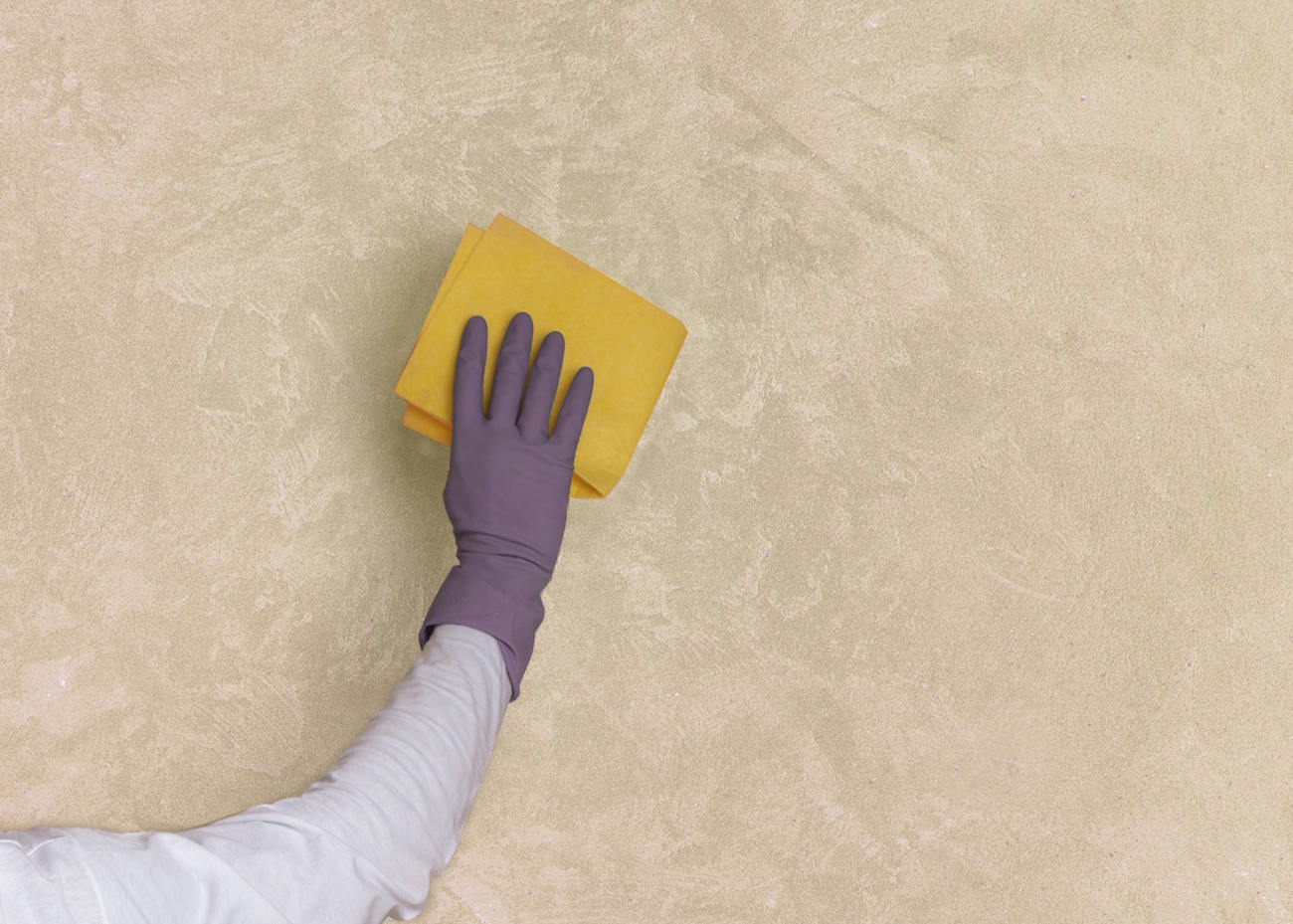
How to easily clean Venetian stucco
To ensure that the Venetian stucco wall is always smooth and shiny, it is necessary to clean it periodically. We advise you to have specific wax-based products because they prevent mold from appearing on the walls over time. Although more traditional products that we all have at home can also be used. Pay attention!
1. Mix hot water with neutral soap
With a sponge or clean cloth, apply the hot water previously mixed with neutral soap on the wall or ceiling until there are no stains or dust left.
2. Let the surface dry
Once the wall or ceiling are completely clean, let the surface dry.
3. Apply the wax
Varnish the Venetian stucco using a special gauze. Apply varnish evenly over the entire surface.
4. Review the Venetian stucco with a wool glove
Spread the newly applied wax using circular motions. In this way, the Venetian stucco will be cleaned while bringing out that characteristic shiny finish.
Microcement, the best substitute for Venetian stucco for walls
Venetian stucco walls were, are, and will continue to be a decorative trend. What if we tell you that there is another decorative coating that offers the same finish as Venetian stucco on walls but cheaper and has more advantages?
It's the case of the microcement on walls,a decorative stucco that is capable of providing the same texture and durability. A coating that enjoys the same resistance to environmental humidity while being waterproof against running water, as long as a quality sealer is used.
In addition, microcement allows a renovation of walls and ceilings as fast as Venetian stucco without generating works or rubble. Not to mention that it is resistant to sunlight (it can therefore be used outdoors), it is cheaper and resists abrasion, wear and friction. And best of all, as it is a coating compatible with practically all types of materials (tiles, ceramics, tiles, cement, plaster, plasterboard...) it allows it to be applied in many more rooms, thus considerably expanding the range of possibilities.
Subscribe to our newsletter
Receive in your email tips for the application and care of microcement, the latest trends and news from Topciment products.




